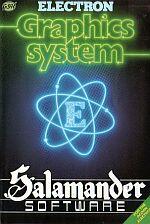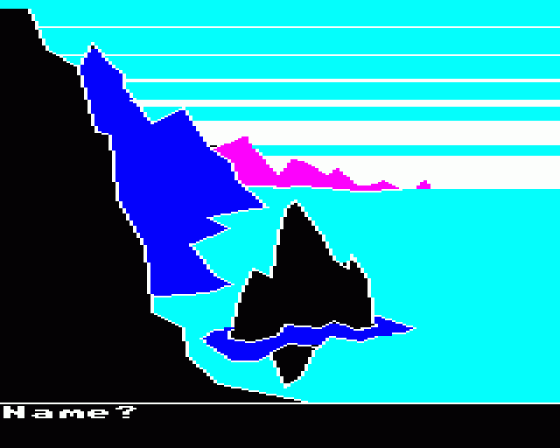Other Reviews Of Graphics System For The Acorn Electron
Graphics System (Salamander)
A review by Phil Tayler (Electron User)
Graphics System (Salamander)
A review by Dave Reeder (A&B Computing)
Graphics System (Salamander)
A review by M.P. (Home Computing Weekly)


 1st March 1984
1st March 1984





